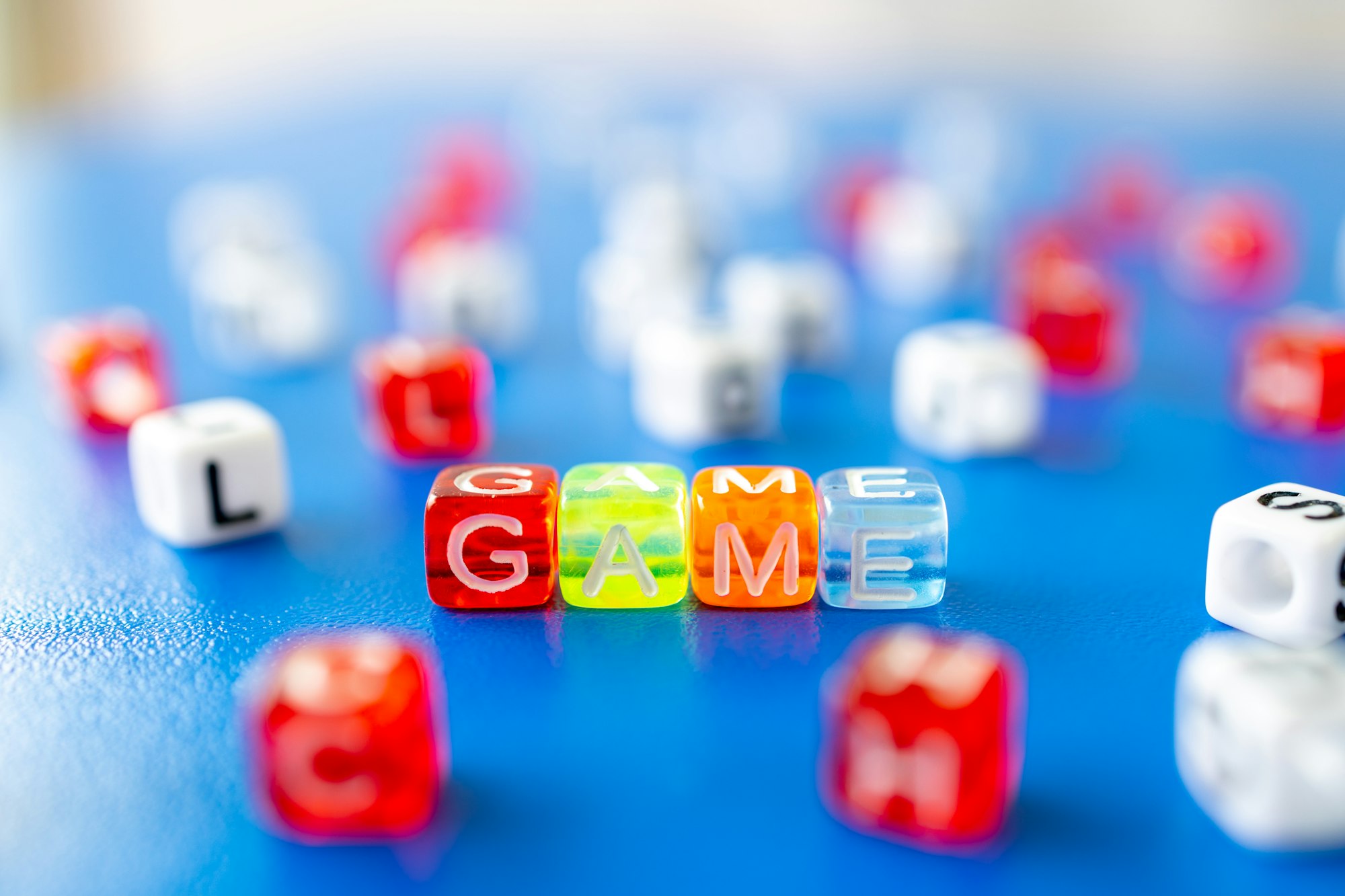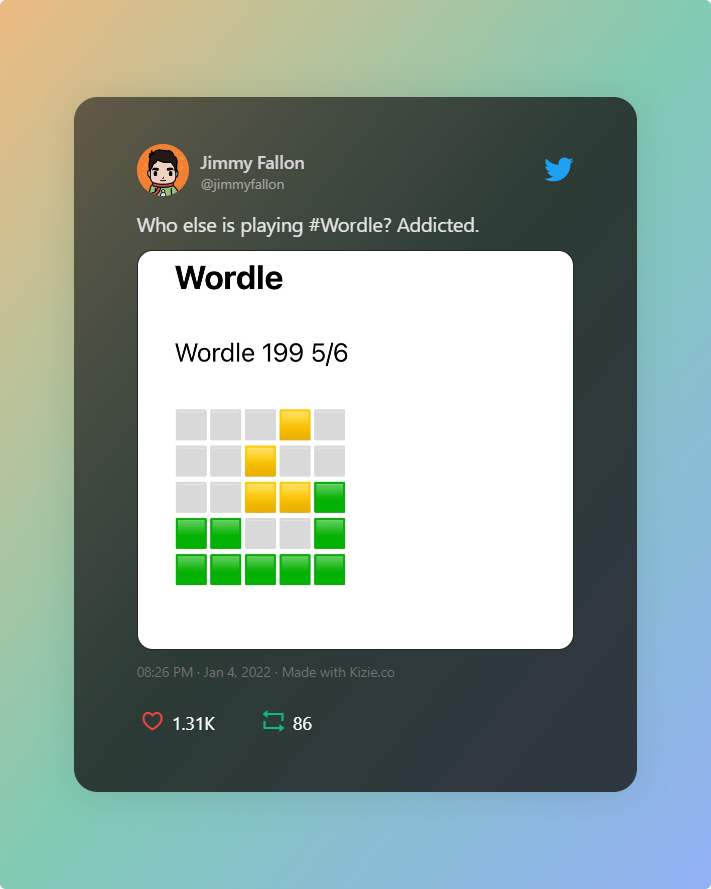How to Use Gamification to Boost User Engagement and Acquisition

There's no denying it; we are increasingly spending more time online. The average person spends about 5 hours on their phone daily, and this figure is estimated to go up as technology adoption increases. Whether you like it or not, it's becoming increasingly harder to put down your phone.
TikTok, Youtube, Facebook, and all your favorite apps that you can't get enough of, leverage a super-secret technique to get users hooked and keep them coming back. This technique is called gamification, and in this article, I break down what it is and how you can use it in your digital products to boost user acquisition and engagement.
WHAT IS GAMIFICATION

Gamification is the use of game elements such as competition, point scoring, and rankings in non-games. This is done as a strategy to motivate and engage users. For example, Duolingo uses points to motivate users to learn new languages, Fitbit uses badges to get you to exercise more, and the YouVersion Bible App uses streaks to get you to read your bible every day.
In a nutshell, gamification is all about using game elements to make users want to come back and use your products. To date, gamification has use cases in many fields, such as Education, Marketing, Human resources, etc. In this article, we will focus, however, on its use in digital products.
Points
Points are perhaps the most common gamification technique used today. This technique involves giving the user points for performing specific tasks in your app.

A great example of this in action is the Duolingo app. The app for learning new languages awards users with experience points for activities such as completing a lesson and undertaking an exercise. The points help show students their progress and also motivate them to learn more to attain more points. Students can also set daily point targets in order to maintain consistency in their learning endeavors. The extra benefit here is by setting daily targets; the app gets to remind them to come back and use the app each day, increasing engagement and use within the app. Due to this brilliance, Duolingo boasts an impressive 9.1 million Daily active users.
Leader boards
Leaderboards build on the point system and add a ranking to users of your products. Tracking and ranking players' progress can create a sense of competition and motivate them to keep playing. Leaderboards can also help players compare their progress and see how they stack up against others. When used well, leaderboards add an extra layer of fun and challenge to your product. Your users get to see how they compare to their friends and also other people across the globe.
Badges and Trophies
Badges and Trophies are in-app awards given to members for achieving certain milestones within our app. Awarding players for their achievements can create a sense of accomplishment and pride. Badges and trophies can also be used to show off players' progress to others, which can add to the sense of competition.

Fitbit, a fitness app, is an excellent example of an app that uses badges and trophies to motivate users towards accomplishing health goals. The app has a range of badges it awards to users for different achievements such as weight loss, steps walked, and calories burnt. Users are also encouraged to share their badges and trophies with others; this motivates and encourages other users who might not have achieved those goals. It also creates a baseline for the user to be consistent, as their friends will keep them accountable when they do not post.
Social Sharing
Social sharing is the act of encouraging users of your product to share the progress, activity, and achievements on your app with their friends. A great example of social sharing is the Wordle app. The online word game sold for $3 million to the New York Times used social sharing to retain its users and acquire new ones. After completing the daily word challenge, the app prompts you to share your progress for the day with friends through social media. By sharing the progress, the game became a cool and addictive activity you had to complete every day. Sharing added an element of competition where people had to show they managed to solve the day's challenge.

Social sharing also added an element of virality to the digital game. Whenever anyone shared their game progress, it would be free marketing for the game, helping it reach new users. It also created FOMO (fear of missing out) for non-members, who ended up trying out the game to see what the hype was about. Using this strategy, Wordle went from 90 users in November 2021 to over 2 million users by the middle of January 2022.
Besides gamification, social sharing also has great SEO advantages for your product's website, as it creates more backlinks and boosts the site's authority. This means your product's site will rank higher on google as it appears in more places on the internet.
Streaks
A streak measures how consistent a user is when using your product. You can use a streak to measure consistency in performing certain actions, for example doing at least one crossword puzzle a day or investing every month. Research shows that people are more likely to stick with a behavior if they're trying to maintain a streak rather than start one from scratch. So if you want to encourage your users to keep coming back to your product, incorporating streaks could be a helpful way to do it. Of course, you'll need to design your streak system carefully so that it's not too easy or too hard to maintain a streak-but if you can strike the right balance, streaks can be a powerful tool for engagement.
The YouVersion bible app uses streaks to measure how often people read the Bible and also how consistent they are when trying out their bible plans. Showing users their current streak and encouraging them to maintain it helps them to visit the app and perform an action every day. Due to this and other gamification techniques, the app now boasts an impressive 500 million unique installs on app stores.
Quest/ Journeys
Another way to gamify your digital products is by using quests and journeys. You can think of a quest as a task or challenge that users need to complete to progress through your product. And a journey is a series of related quests that take users on a specific path through your product. Both quests and journeys can help to keep users engaged with your product, as they provide a sense of progress and accomplishment. Plus, if you design your quests and journeys well, they can also be a lot of fun! So if you're looking for ways to add excitement and engagement to your product, incorporating quests and journeys is worth considering.
Reminders and Notifications

Reminders and notifications are great for keeping users engaged with your product. By sending timely reminders, you can ensure that users don't forget about your product and that they're aware of new features or updates. Additionally, you can use notifications to share user progress, achievements, or other important information. When used correctly, reminders and notifications will keep your users engaged and coming back for more.
Twitter is a great example of an app that uses reminders and notifications to keep users engaged. The app sends notifications whenever there's new activity on the account, such as when someone follows the user or retweets one of their tweets. The app also notices when someone hasn't used it in a while and sends notifications of recent activity from their network. These reminders ensure the user returns to the app to see what's new and also help ensure that they don't miss any important activity.
Conclusions
Gamification can be a great way to add excitement and engagement to your digital products. Apps with gamification built-in have high Daily Active Users (DAU) and increased session times. When used right, it improves the overall user experience and makes your app more enjoyable. However, when not implemented properly, it might make your app feel overwhelming to the users.
The key is using gamification in a way that enhances the user experience rather than taking away from it. And if you're not sure where to start, the techniques discussed in this article are a great place to begin.
What other techniques do you think are effective for gamification? Let us know in the comments!